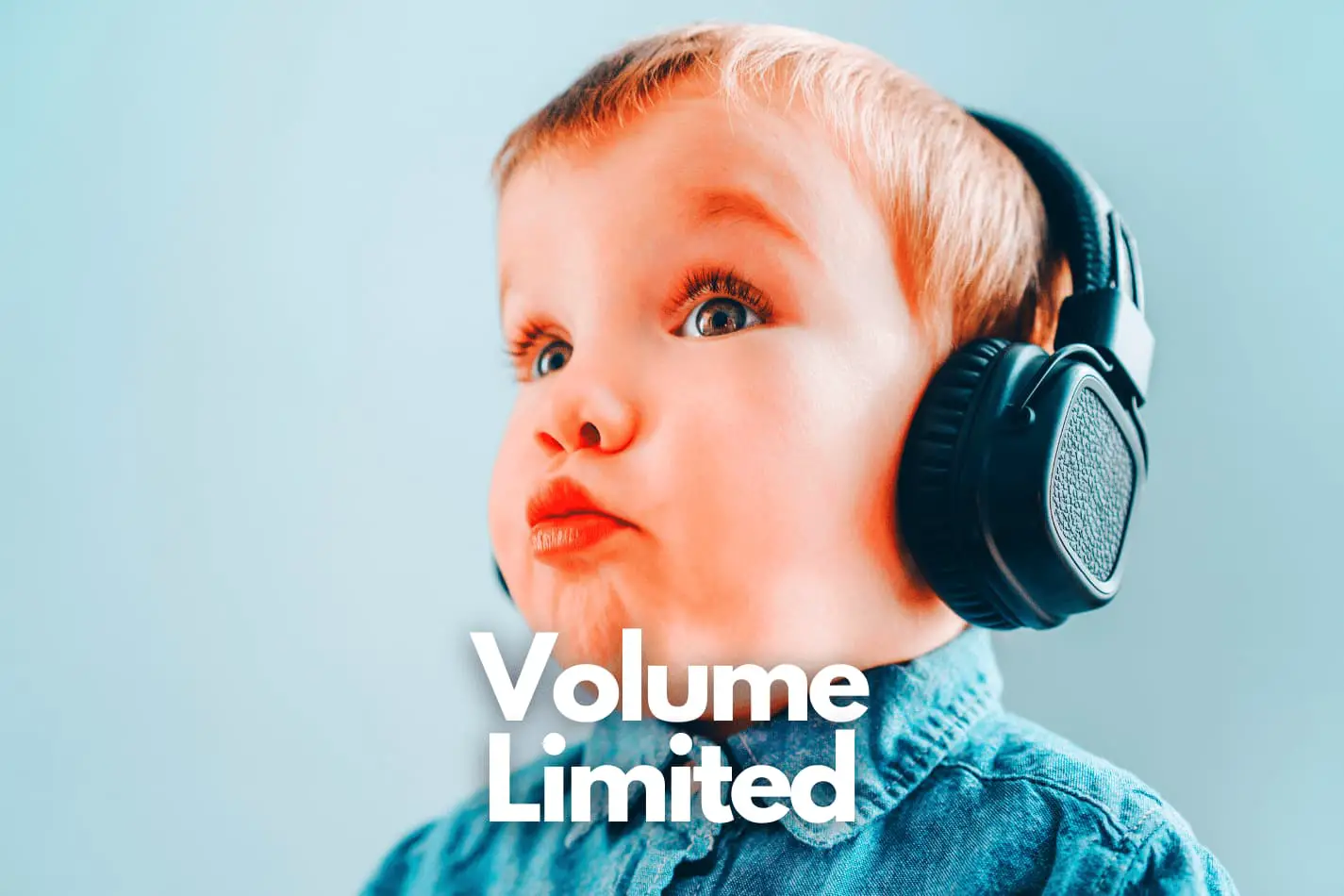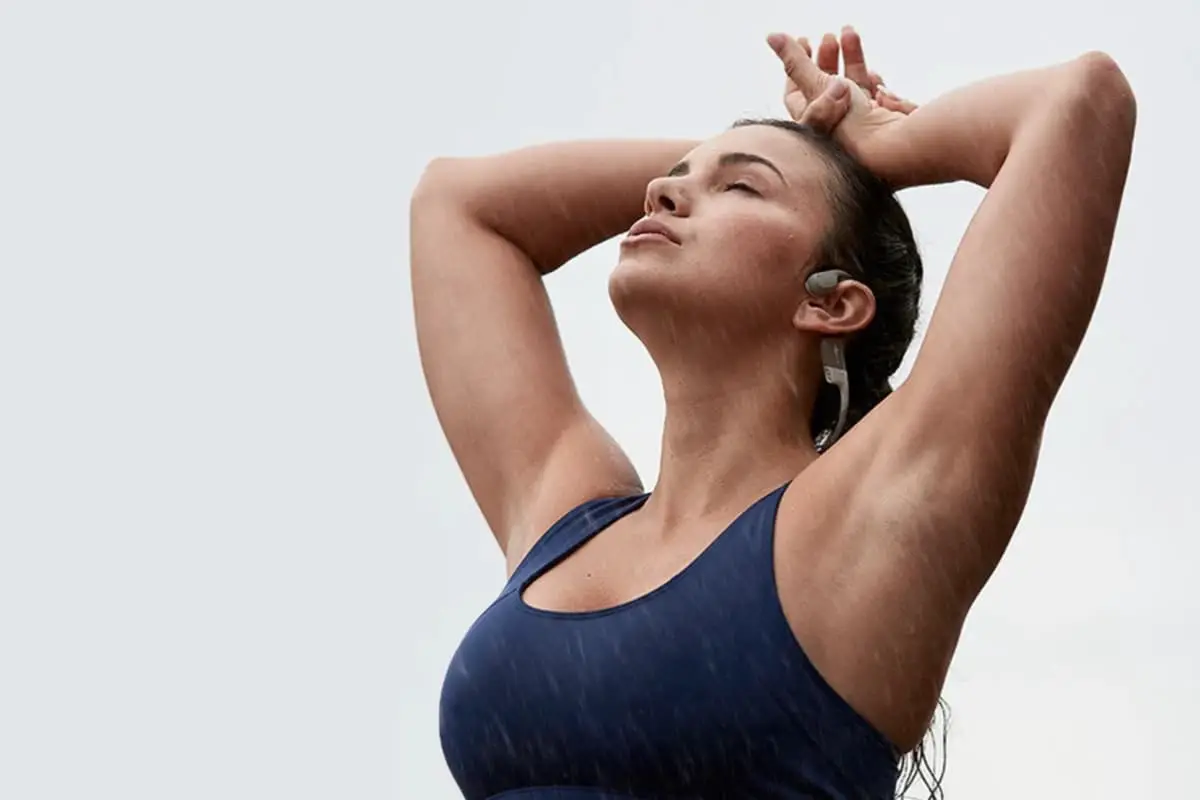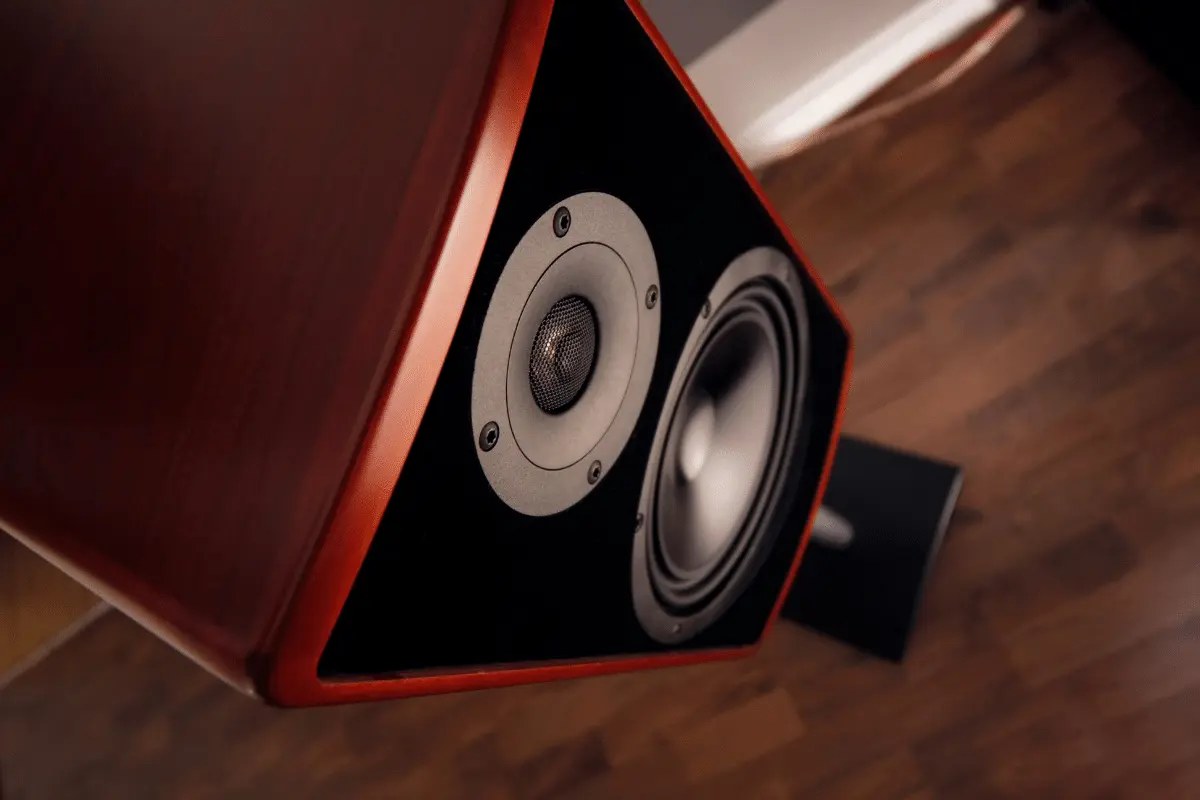Loud music can be enjoyable and stimulating. However, doing so for an extended period can cause ear damage. Because children’s ears are less developed, it can be especially harmful.
Listening to music regularly at excessive volumes might cause hearing loss. Compared to a young person’s hearing, most adults suffer hearing loss by their early or late thirties.
Children can hear frequencies that adults cannot because adults have had a long exposure to the world’s noisy components for longer than children.
Aside from brief, strong bursts of loud sound, extended, continuous exposure to high-volume audio is the leading cause of hearing loss.
For this reason, it should be no surprise that headphones and earbuds are to blame for a significant portion of adult hearing loss.
Kids use headphones from an early age in the smartphone and tablet era, and the necessity to regulate general volume levels to a reasonable maximum is real.
Furthermore, children break, lose, or get dissatisfied with items and cease to use them. These considerations are taken into account by manufacturers when making headphones for children. Excellent sound quality with volume control may be all your youngster requires.
The good news is that volume-limiting headphones and earbuds are a gadget that allows both adults and children to enjoy their music without jeopardizing their health.

What are volume-limited headphones?
A volume-limiting headphone is a phone with volume limiters included as part of the device. A volume limiter reduces the loudness of audio output to a safe listening level.
They’re also known as integrated “hearing protection” and are a common feature in children’s headphones, although they’re also available in adult headphones. The maximum loudness of most level limiters is 85dB(SPL) or less.
It’s critical to keep track of each device’s volume cap since you want to ensure your child does not have exposure to sounds with dangerously high decibel levels.
Setting time restrictions for headphones and taking regular pauses from listening is useful for youngsters and adults.
How do volume-limiting headphones work?
There are two volume limiters: entire headphone sets and add-on adapters between the headphones and the source device. The process is relatively straightforward. All volume-limiting devices are simply resistors implanted in the phono plug, cable, or within the headphones themselves.
If you are not familiar with the internal workings of electronic equipment, a resistor is a small passive electrical component that causes resistance in a circuit, as the name implies.
The current flow reduces due to the resistance, and the output volume reduces due to the reduced current flow from the source device to the headphones. The type of resistor used determines the degree of resistance and volume reduction.
While no commercial volume limiters do this, you could make a DIY one by stringing together enough resistors to reduce the noise to inaudible levels.
Commercial solutions usually reduce total volume by 20-30%, which is more than adequate to reduce the maximum volume of portable devices to a safe level.
Are volume-limiting headphones safe?
The World Health Organization (WHO) recommends an eight-hour daily safe loudness level of any sound at 85 decibels (dB). This was computed utilizing risk assessment approaches and considering those with hearing loss’ hearing thresholds.
As sound levels rise, the time considered safe to listen to drops. For example, if you choose to listen to music at 100 decibels, the study suggests that you can only do so for two hours before hearing loss occurs.
Volume limitations are commonly set to 85 dB in volume-limiting headphones, but some can transmit lower-level sounds. Others can produce sounds as loud as 96 decibels.
Why are volume-limited headphones perfect for kids?
Whether you have a wonderful kid, you always have to pay particular attention to your kids at home. Kids are normally adventurous persons even if their adventure is an obvious danger to them, the reason why they need adult assistance and care.
Leave a kid here with a device, and the kid will like to test every button on the device. For example, headphones that lack volume limiters can be dangerous to kids if they press the volume button turning it to the maximum by any form of error. But this is not possible with volume-limiting headphones because the maximum volume set is 85db.
Some volume-limiting headphones also have noise cancellation features. This can be helpful to parents whose homes are frequently prone to noise from heavy machinery or when in crowdy areas where the noise can be irritating to their toddlers. Wearing noise cancellation volume-limiting headphones will save the child from unpleasant noises outside.
Volume limiting headphones are also wireless. This feature is helpful because accidents might be unavoidable with cables lying here and there and children jumping up and down. Furthermore, some kids can be highly allergic to noise.
Unfortunately, we find ourselves in a world where you cannot create an ideal environment for your child with such special needs. Wearing voice cancellation volume-limited headphones can be a proper solution for your child.
Some best kids’ headphones
These iClever TrasNova BTH16 headphones have a maximum volume level of 85db. As much as we want kids listening to music at low volume, the device’s comfort is also of exceptional value.
iClever TrasNova headphones are light and portable. They have multicolor LEDs; you can turn them on if you don’t want your child listening to music for long periods.
Once they are on, they consume a lot of power and will run down the battery fast.
These headphones work well in noise cancellation. They are good for all ages: Toddler Mode is set to an ear-protecting 75dB, while Kids Mode is 85dB, and Travel Mode is set to 94dB.
If you want to use them for noise cancellation, your volume should be toddler mode. Noise cancellation also helps the user not to want to increase the volume while in a noisy environment.
A Study Mode also separates voices from surrounding sounds, resulting in clearer vocals that aid online learning.
There are several other kinds of volume-limiting headphones that you can check for the particular needs of your kid.
Conclusion
Volume limiting headphones are not good only for kids. Adults also need to limit the level of volume they usually listen to. Though you might not want to listen to music for long, sleeping off with headphones on can lead to exposure to noise for a long period.
Therefore, it is adults’ responsibility always to make sure they provide kids with gadgets that won’t cause irreversible harm to their health.





Leave a Reply
You must be logged in to post a comment.